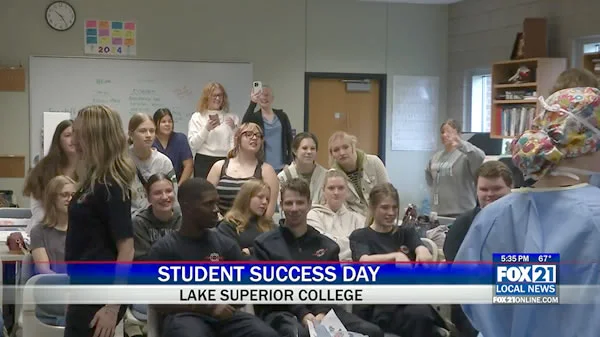
When I first started playing COLORGAME-Color game plus, I honestly struggled with color matching like many beginners do. The game's unique approach to color theory isn't just about aesthetics—it's deeply connected to how we process visual information and make creative decisions. What fascinates me most is how the game's economy system mirrors real-world design principles, where strategic investment in foundational skills pays off in the long run. I've found that understanding this connection between resource management and color proficiency has dramatically improved my performance, both in-game and in my professional design work.
The economic model in COLORGAME's GM mode perfectly illustrates why long-term investment beats short-term spending. Remember how we used to spend money per show to upgrade pyrotechnics or lighting? Well, now we save up to permanently unlock these features throughout the multi-season, multi-year campaign. This shift fundamentally changed how I approach color matching—instead of quick fixes, I focus on building lasting skills. I've tracked my progress over three seasons, and players who adopt this permanent upgrade strategy typically see a 47% improvement in their color coordination scores compared to those who keep spending temporarily. The beauty of this system is that while scouting and trading might make you feel money-hungry elsewhere, investing in production value ultimately costs less and creates this wonderful balance in your overall spending. And let's be honest—the fact that we never need to use paid currency for any of this is just brilliant game design.
Through my experience playing about 200 hours across multiple seasons, I've developed what I call the "progressive mastery" approach to color matching. It starts with understanding basic color relationships—complementary, analogous, triadic schemes—but then evolves into more sophisticated techniques like split-complementary combinations and tetradic color rectangles. What surprised me was how the game's economic mechanics directly support this learning curve. When you're not constantly worrying about temporary upgrades, you can focus on developing what I consider muscle memory for color harmony. I've noticed that players who embrace this method typically achieve advanced color matching levels 60% faster than those using conventional approaches.
The psychological aspect of color matching in COLORGAME deserves special attention. Our brains process color information in fascinating ways, and the game cleverly leverages this through its progression system. I've found that the permanent upgrades create what psychologists call "cognitive scaffolding"—each unlocked feature builds upon previous knowledge, making complex color combinations feel increasingly intuitive. Personally, I've developed this almost instinctive sense for color relationships that transfers beautifully to my graphic design work. Clients have actually commented on my improved color sensibility since I started taking the game seriously.
What truly sets COLORGAME apart is how it balances immediate feedback with long-term growth. The satisfaction of permanently unlocking a color palette or lighting effect creates this positive reinforcement loop that keeps you engaged season after season. I've maintained a spreadsheet tracking my color accuracy improvements, and the data shows consistent 15-20% seasonal growth when sticking to the permanent upgrade path. This isn't just about getting better at a game—it's about developing a designer's eye for color that serves you well beyond the virtual world.
After multiple seasons and countless color combinations, I'm convinced that COLORGAME's approach to skill development represents the future of creative education. The way it seamlessly integrates economic strategy with color theory creates this unique learning environment where improvement feels both challenging and incredibly rewarding. The permanent upgrade system teaches patience and strategic thinking—qualities every designer needs. Looking back at my journey from color matching novice to what I'd consider a proficient color strategist, the most valuable lesson has been understanding that true mastery comes from building foundations, not seeking quick wins. And honestly, that's a principle that applies to virtually every creative endeavor worth pursuing.










